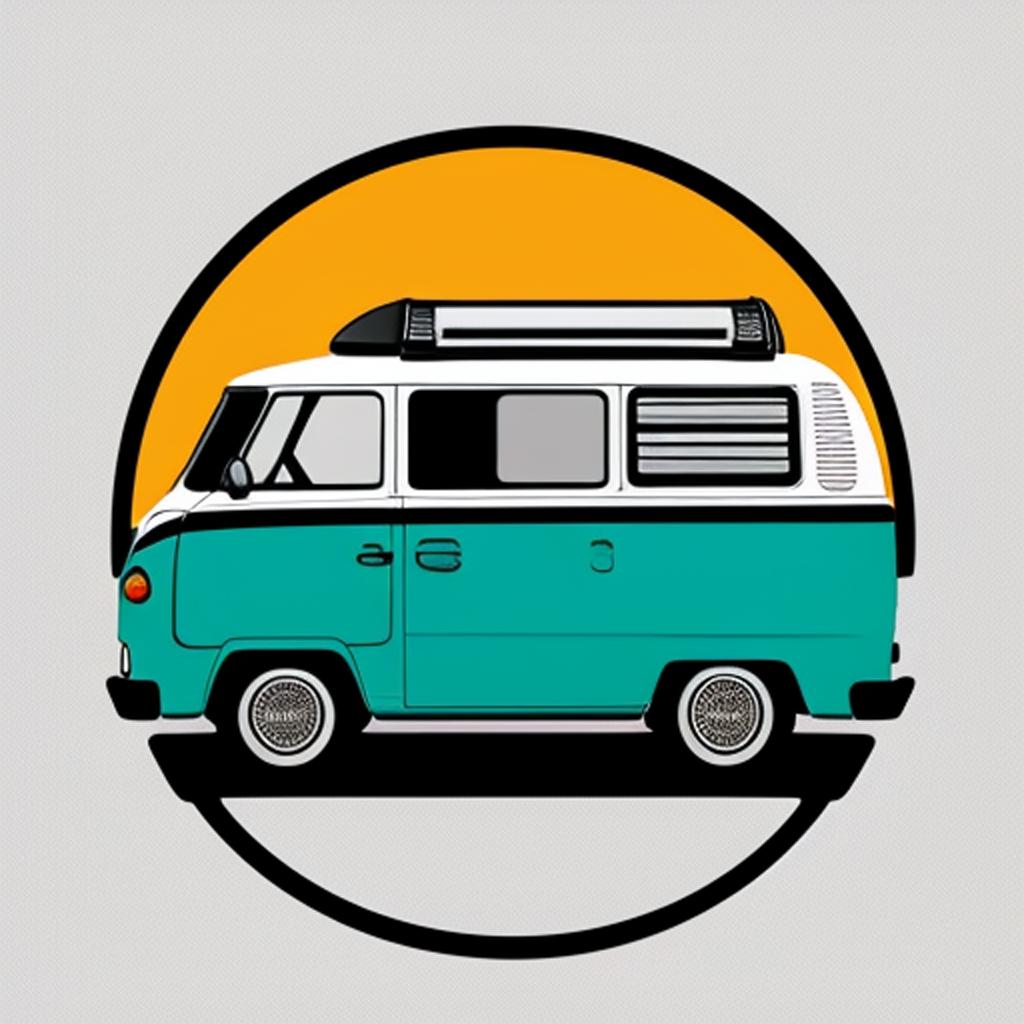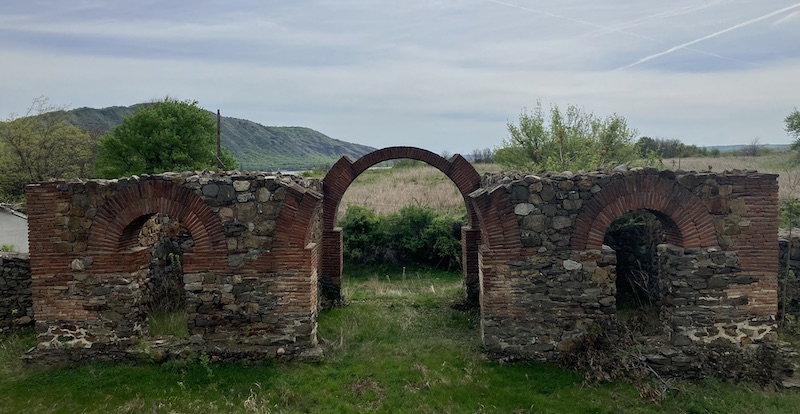As we entered Austria, Juliet played a rendition of the Blue Danube Waltz on her harmonica. By this time we’d already encountered the Danube as we tracked south and east on our journey in Germany.
When thinking about this trip the Danube was never something I’d given much thought to, although a few people mentioned it.
By now I understand why.
Our first night sleeping in the van was spent on the banks of a large river in Germany, the only remarkable thing being the cold damp that we endured. We knew it was the Danube, but that was it
Crossing through Austria we turned south and left the Danube behind us. As we traversed underneath Belgrade unaware that the Danube was close once again. On a whim we decided to head north to spend a few days on the Romainan/Serbian border that runs along the middle of the Danube.
By this stage in the river’s journey from the Black Forest to the Black Sea, it’s vast and it took our breaths away. If you didn’t know it was a river you would mistake it for a large lake or even small sea separating an island from the mainland.
Randomly fortunate, we were at the end of the Iron Gates, the section of the river that separates the southern side of the Carpathian mountains from the Balkan mountains. The gorge is majestic and grandiose. I’ve never encountered anything comparable. In and of itself it is worth a trip just to see.

But there’s a lot more to it.
On a warm sunny spring afternoon Juliet and I cycled first one way from our campsite towards a dam constructed in 1972 that generates hydro electricity that is shared by Serbia and Romania.

Before the dam, distracted by some interesting walls, we ventured off the road. The interesting walls, a Roman Fort of some size. Completely unkempt, we were able to freely wander around and marvel at it’s size. Castrum Diana built around AD 101 at the same time as the Trajan’s Bridge was built a few miles further downstream. The bridge considered to be the longest arch bridge for over 1000 years. All of this a stones throw away from our campsite.


By the dam we were reminded that this part of the Danube was part of the Iron Curtain. The river a formidable barrier. Signs mark Euro Velo 13 and it feels fitting that we are exploring on our Bromptons. The route follows the “Iron Curtain” from the Barents Sea to the Black Sea over 9950km down the road. Something I take a mental note of and add to my list of thing’s to cycle when time permits.

Turning downstream way we find ourselves exploring the fortress of Fetislam. On the edge of Kladavo, where there is evidence of human settlement back to the Bronze Age. It’s been restored recently and sits in contrast to unloved and alone “Castrum Diana”.

At the campsite over diner we chat with a German traveller who tells us of the wildlife in the Danube delta. We know it’s no longer just a river, it’s the mighty Danube.
This area of the world is well worth visiting – after a couple of days we left with a feeling that we must come back and explore more. While much of the current vogue rests in Romania and the Carpathians, there’s also masses to explore and find out about the other side of the river in Serbia. The people warm, kind and welcoming. Happy to share their culture and traditions.
As we leave Serbia we cross over the dam into Romania. We take a punt that we can cross into Bulgaria by ferry. Google maps shows a Romanian road that abruptly finishes at the river’s edge. Arriving we are relived to find a waiting ferry and 10€ later we are on a boat crossing. Juliet excited by the fact that Bulgarian Jonny Depp is driving the boat.


We will be back, we’ve had a great adventure that’s piqued our interest in the area, the people and the history.


Leave a Reply